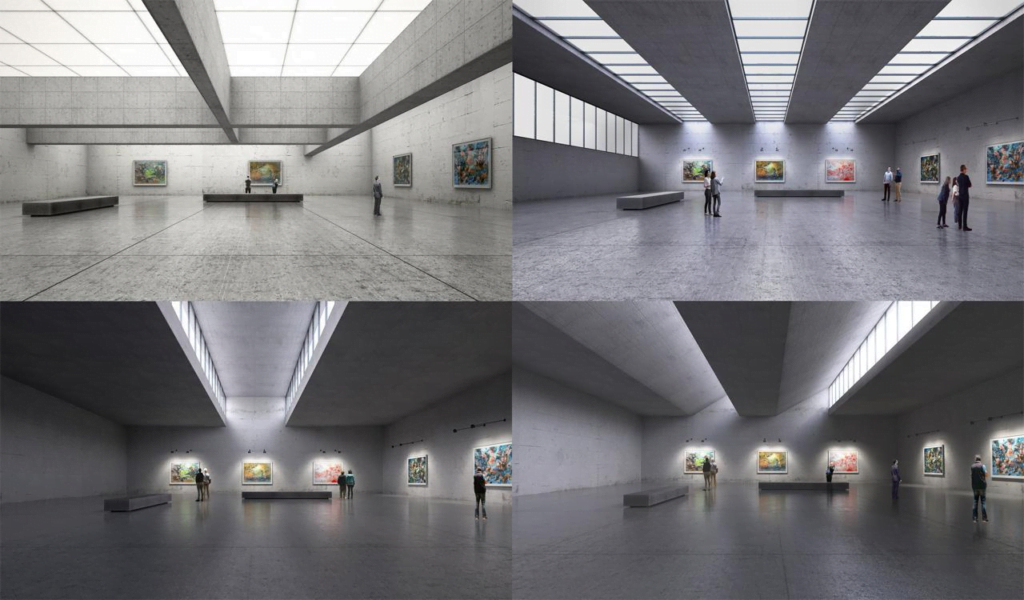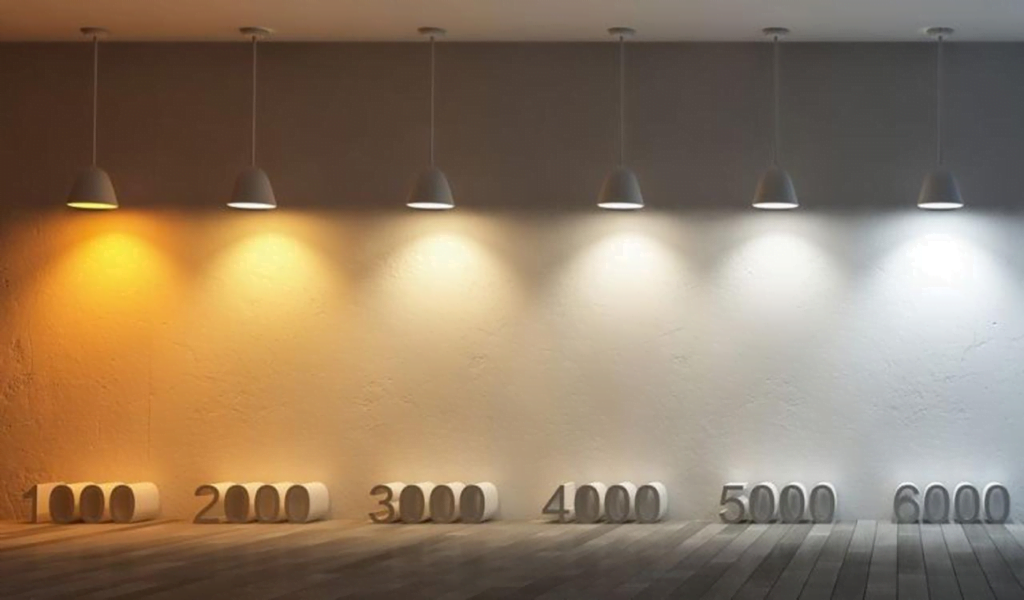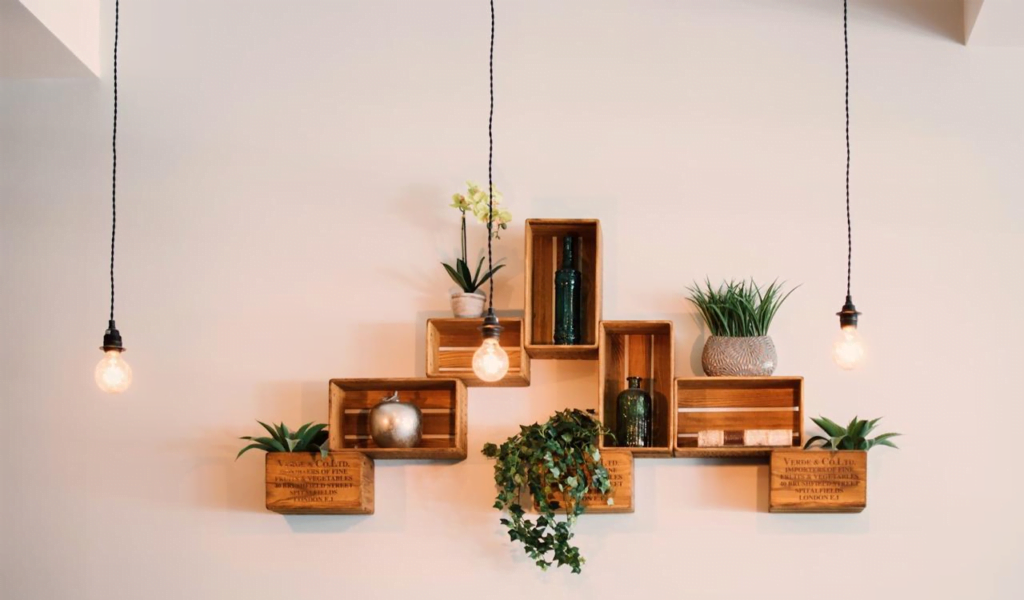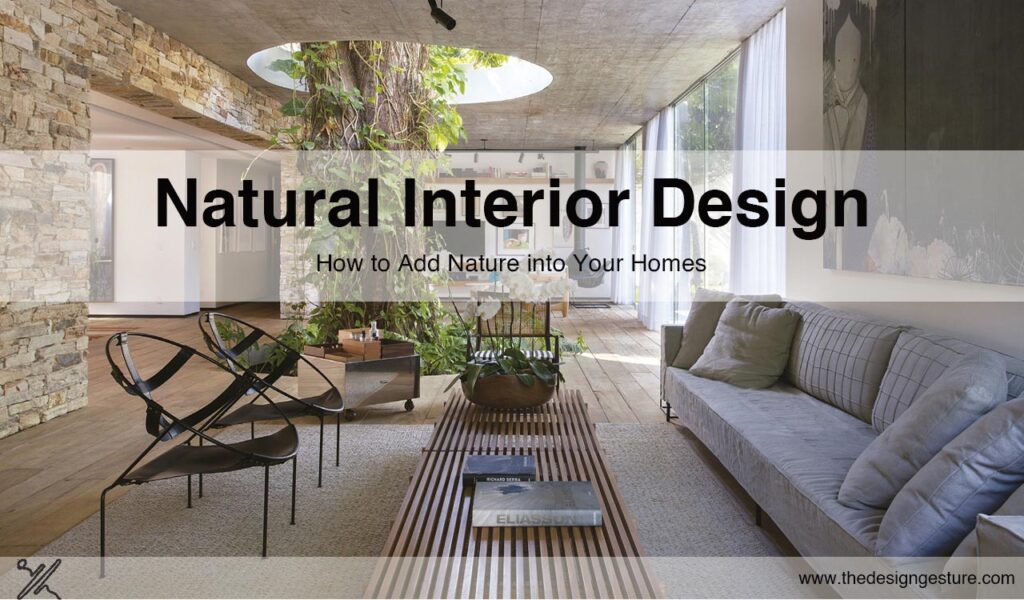Since interior lighting greatly affects the ambiance, functionality, and overall appearance of a room, it is crucial to architecture. Interior lighting is an architectural element that enhances the ambiance of the room as well as the occupants’ psychological and physical wellbeing. It goes beyond simply providing a place with light for functional needs. With the use of efficient lighting design, an ordinary space can be converted into a warm, attractive setting that meets consumers’ demands.
We’ll talk about the role of interior lighting in architecture and how it affects the user experience in this article. We will also go through the essential aspects of interior lighting in architecture.
Table of Contents
Role of Interior Lighting
First of all, interior lighting has the power to change the mood and atmosphere of a space. The lighting in a room can make it brighter or darker to create the ideal ambiance for a gathering or activity. Different lighting configurations can affect mood and elicit different emotions. While a room can feel energizing and invigorating with cool, bright lighting, a room can feel cozy and intimate with warm lighting that has gentle, diffused illumination. Dim lighting has the ability to produce a peaceful and serene mood, just like bright lighting may sometimes do.

Moreover, interior lighting can improve a space’s use. Lighting may accomplish practical tasks including illuminating work areas, emphasising architectural aspects, and guaranteeing safety and security in addition to setting a certain ambiance. Task lighting is crucial in places like workplaces, toilets, and kitchens where precise illumination is needed to finish particular tasks. On the other hand, accent lighting can highlight specific architectural features, pieces of art, or ornamental items, enhancing the visual appeal of a place. By lighting dark areas like corners, entrances, and exits, properly designed lighting may help increase the security and safety of a facility.
Interior lighting can also significantly impact how a room looks. The elegance of the interior design and architectural layout may be accentuated by the proper lighting, creating a warm and arresting atmosphere. For instance, the placement of lighting fixtures can enhance the visual appeal of a space by highlighting its height, volume, or texture. Also, you may use lighting to provide drama, contrast, or depth to a room, giving it a more upscale image.

Essential Aspects of Interior Lighting
Interior lighting has numerous aspects which are essential in architecture, they are namely:
Balancing the Natural and Artificial Light

Natural light is essential for every building, and a well-designed space should make the most of it. Interior lighting should be used to balance natural light and foster a cosy ambiance. Using artificial illumination too frequently might cause eye strain, fatigue, and headaches.
Identifying the Purpose of the Space
Before choosing the lighting for an area, the designer must be aware of the purpose of the space. The quality, colour temperature, and intensity of the lighting are influenced by the room’s intended use. For instance, distinct functional requirements for a restaurant, a hospital, or a classroom may call for varied lighting settings.

Providing Adequate Illumination
For each task or activity, the interior lighting should be adequate. The quality of the illumination is influenced by the light’s direction, intensity, and colour temperature. Low lighting, for instance, is appropriate for unwinding or reading, whereas bright illumination is suitable for activities that call for dexterity, like working or cooking.
Highlighting Design Elements
Interior lighting can be utilised to highlight specific design elements in a space. These could be furnishings, accessories for the house, or structural components like columns, arches, or vaulted ceilings. When these qualities are highlighted with the proper lighting, a room may have depth and individuality.

Facilitating Wayfinding
Wayfinding, the process of navigating through a location, requires the use of lighting. While poor lighting can cause confusion and raise the possibility of accidents, adequate illumination can assist people navigate a structure or space securely and easily.
Energy Efficiency and Sustainability
Energy efficiency is a key element of sustainable architecture. Interior lighting can increase a building’s energy efficiency and sustainability. As the demand to cut energy use and minimize carbon effect grows, lighting designers are developing unique solutions that consume less energy and produce less trash. By adopting energy-efficient light sources like LED, CFL, or halogen bulbs, lighting may be both practical and environmentally friendly. Moreover, lighting control systems with occupancy sensors, dimmers, and timers can boost energy efficiency and cut down on unnecessary spending.
Conclusion
In conclusion, interior lighting plays a critical part in architecture and is essential for a building’s usability, aesthetic appeal, and comfort. A space looks more opulent and exquisite when lit properly, which emphasises the design aspects and brings out the building’s architecture. By turning an average environment into an outstanding one, it can have a significant impact on the user experience.
It is crucial to take into account the space’s intended use, establish the appropriate mood and ambiance, balance natural and artificial light, offer sufficient illumination, emphasise design features, make navigation easier, and improve energy efficiency. To get the intended outcomes, it is essential to prioritise lighting design as a vital step in the architectural process.




